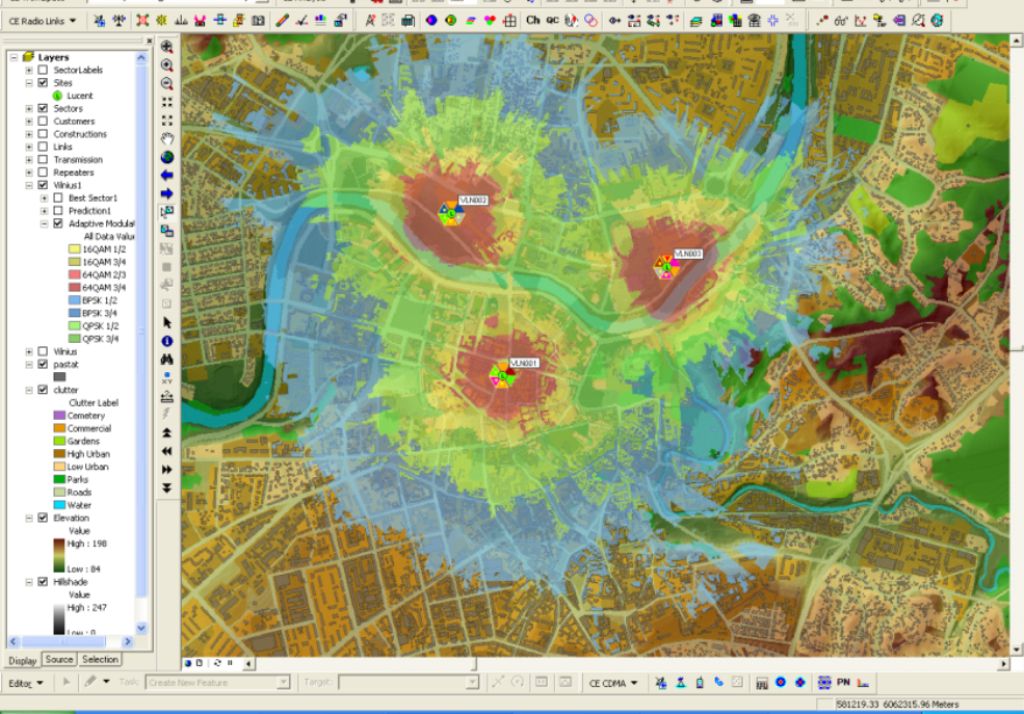





Les systèmes de communication mobile fournissent aujourd'hui en tout lieu une gamme de services très variée. La qualité de service vue du client est notamment liée à la couverture radioélectrique et à la continuité de service que peut offrir chaque opérateur. Cette formation montre comment atteindre ce niveau de qualité de service en utilisant au mieux les ressources spectrales disponibles afin de fournir à chacun les débits nécessaires pour chaque service, comment choisir des sites d'émission/réception, comment définir des paramètres radioélectriques et comment dimensionner des équipements des réseaux d'accès mobile et de collecte (backhaul) pour assurer dans de bonnes conditions l'écoulement du trafic correspondant aux différents services de l'opérateur.

Is an engineer graduated from the National Institute of Telecommunications and ICT in 2007.He joined National Agency of Frequencies since 2007 as Field engineer, and he was a head departement of spectrum monitoring responsible of resolving Interferences cases on different technologies terrestrials as Sattelites.
BOUZANA Zouheyr, has experience in the radio network domain using Sophistacal RF software as Atoll, RND, Ellipse and ICS designer.
He participated on the ITU SG 1,3 and 5 Meetings in Geneva, also he was as active member on the delegation group of ALGERIA in Geneva for World Radiocommunication Conference 2012 and 2015.
He continue his studies in FRANCE IMT Atlantique (Ex: Telecom Bretagne) “Specialized Master Networks and services mobiles”
He joined just after Orange Labs Network as a Radio Network engineer, with tasks related to both domains: Radio Planning & New technologies implementation activities.
He works now on the 5G field concerning the deployment of 5G network and introducing the related functions and features promised by 5G technology.